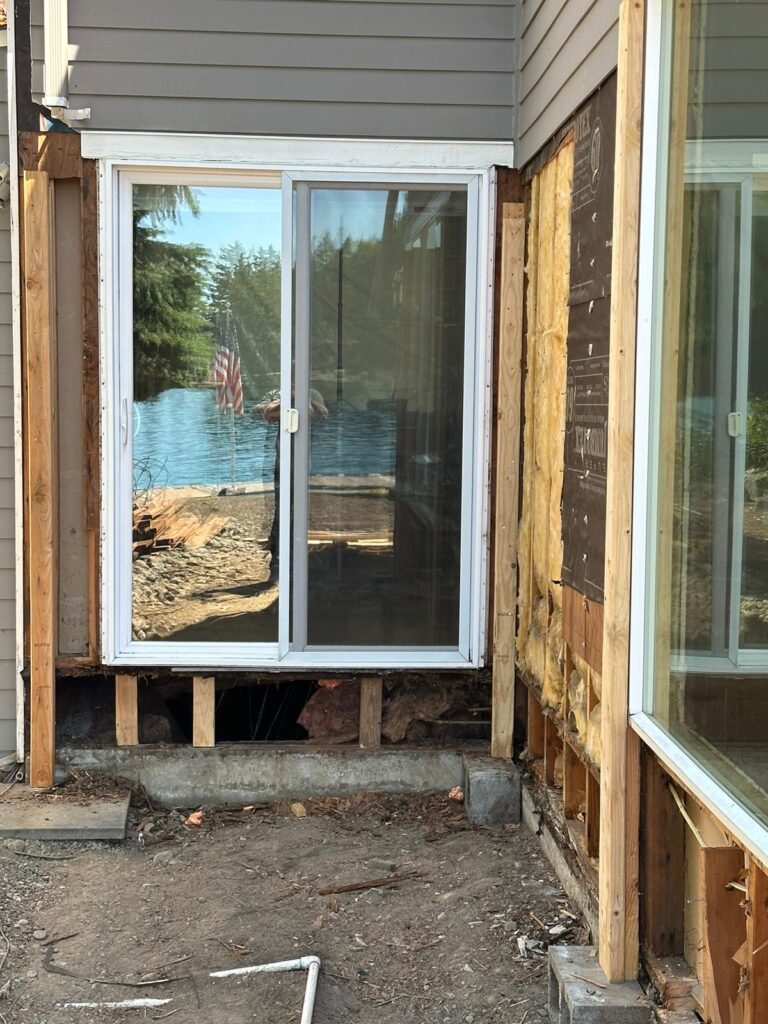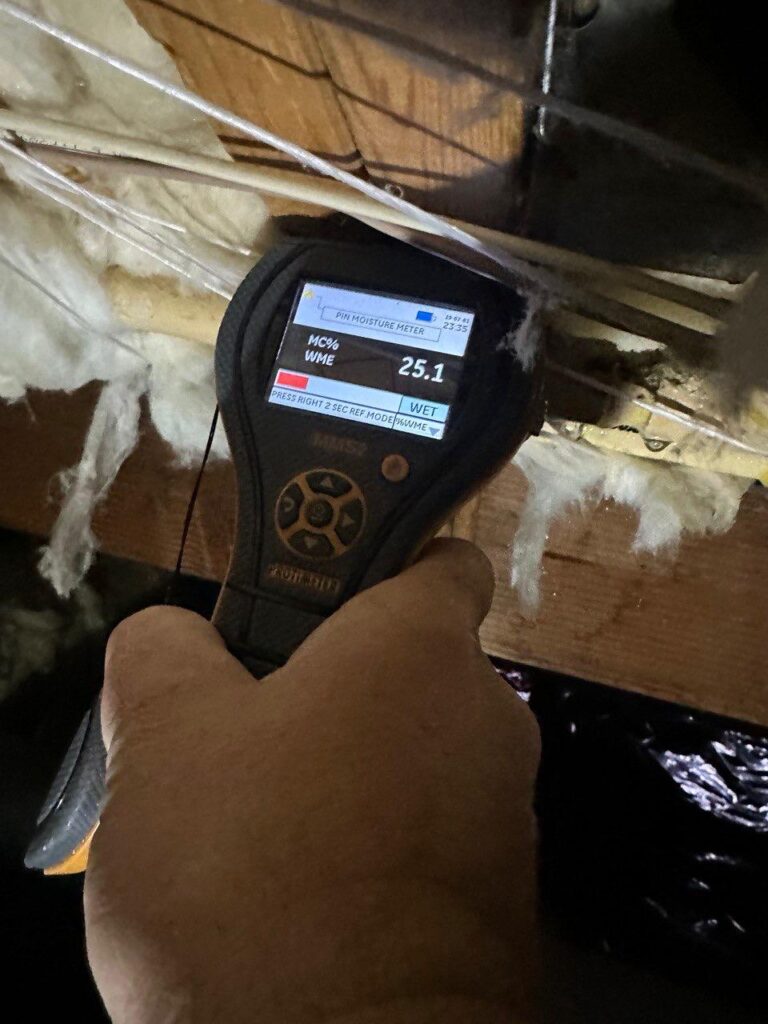Flood restoration encompasses the comprehensive processes and techniques employed to return a property to its pre-flood condition. This involves water removal, cleaning, repairing, and sometimes reconstructing parts of the building affected by water damage. The aim is to restore the structure safely and healthily, mitigating the effects of water damage.


Where rain and floods can be frequent, flood restoration is crucial for maintaining the structural integrity and safety of homes and buildings. Timely and effective restoration helps prevent long-term damage, including mold growth and structural weakening, thus protecting the health of residents and the value of properties.
Flood restoration is a multifaceted process that begins with a thorough assessment of the damage. The use of advanced pumps and vacuums, followed by innovative Flood restoration is a multifaceted process that begins with a thorough assessment of the damage. The use of advanced pumps and vacuums, followed by innovative drying technologies, forms the crux of water removal. Equally crucial is the prevention and remediation of mold, which poses significant health risks if not addressed promptly.


After conducting a comprehensive inspection, the assessment will focus on pinpointing areas where water has penetrated the property, determining the extent of contamination present in the water, and meticulously documenting all damage incurred to facilitate the insurance claims process efficiently. This meticulous documentation not only aids in accurately assessing the scope of the damage but also ensures that all necessary information is provided to expedite the insurance claim and subsequent restoration efforts.
Before commencing restoration efforts, it is imperative to meticulously address critical concerns such as electrical hazards stemming from compromised wiring, ensuring proper insulation and circuitry checks. Additionally, thorough assessments are crucial to mitigate risks associated with contaminated water exposure, necessitating comprehensive purification measures and protective gear for workers while simultaneously reinforcing structural weaknesses to prevent potential collapses or further damage.
Specialized equipment, such as submersible pumps designed to handle large volumes of water and industrial-strength wet/dry vacuums equipped with robust suction capabilities, are strategically deployed to swiftly and effectively eliminate standing water from the premises. These advanced tools not only expedite the water removal process but also ensure thorough extraction, minimizing the risk of structural damage and potential hazards associated with prolonged water exposure.
After extracting water from the premises, dehumidifiers and air movers are employed to accelerate the drying process by reducing moisture levels in the air and on surfaces. Consistent monitoring of moisture levels is essential to effectively mitigate the risk of mold growth and prevent further structural damage.

Thoroughly examining both concealed and observable spaces for mold is imperative due to its detrimental health implications and its propensity to increase swiftly. Identifying mold in all its potential hiding spots ensures a comprehensive mitigation strategy, safeguarding both occupants’ well-being and the structural integrity of the environment.
Removing mold-infested materials entails thoroughly eliminating affected surfaces, followed by meticulous cleaning using antimicrobial treatments to eradicate any remaining mold spores. Additionally, identifying and rectifying moisture sources is crucial to prevent the recurrence of mold growth in the future.
The process typically entails removing water-damaged materials to prevent further deterioration, followed by thorough treatment to inhibit mold growth. Subsequently, affected areas are reconstructed to restore the property’s structural integrity, ensuring a safe and habitable environment for occupants.
Critical evaluations are crucial to assess the integrity of a building’s framework, identifying any weaknesses or vulnerabilities that could compromise its structural stability. These assessments enable engineers to implement necessary reinforcements or repairs to address compromised structural elements, ensuring the safety and longevity of the building.
When fire or water challenges the comfort of your home, We’re your local heroes, ready to respond with lightning speed and deep-rooted expertise. Our commitment is to restore not just the walls and floors of your Pacific Northwest abode but the sense of security that makes it your haven. All around the PNW, we’re known for detailed, compassionate restoration services that put your priorities first.

Our expert team responds quickly to any water emergency, from flooding to leaks.

Flood restoration encompasses the comprehensive processes and techniques employed to return a property to its pre-flood condition.

Our expert team responds swiftly to any fire or smoke emergency, from soot damage to lingering odors.

Our experienced team streamlines your insurance claim, managing every step to ensure a smooth and stress-free process.
Trusted Water Damage, Flood Restoration, and Dry Out Services